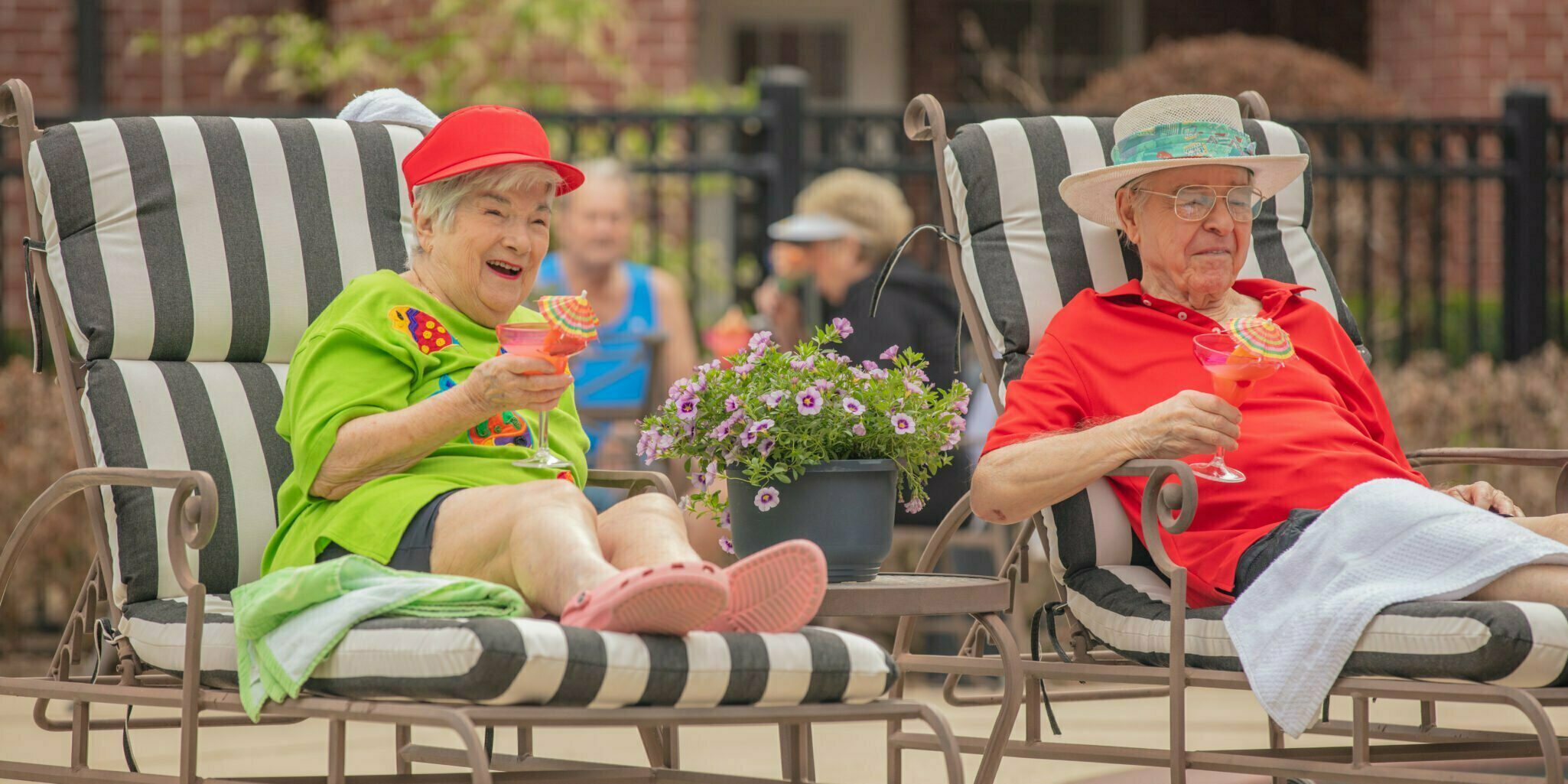
How Do Life Care Communities Work?
An ideal retirement is one that takes away responsibilities and replaces them with possibilities. That’s exactly what you’ll find in continuing care retirement communities (CCRCs). A CCRC is a comprehensive senior living community that provides independent living and a continuum of care that usually includes assisted living, skilled nursing and memory care. Some CCRCs offer a Life Care contract, and so are sometimes called “Life Care communities.” These are far more than just care facilities – they’re real communities filled with like-minded seniors enjoying a wide variety of engaging activities, dining options, social opportunities, and much more. So how do Life Care communities work, and exactly what do they offer?
Life Care Communities and CCRCs
A Life Care community is a continuing care retirement community that offers guaranteed access to a full continuum of care. Life Care communities are perfect for seniors in good health today who want to have a guaranteed safe plan in place for their future. In answering how do Life Care communities work, you need to first understand how they came to be. In the past, senior living communities have been associated with traditional nursing homes where only older adults who need a substantial amount of care spend the remainder of their years. Modern day CCRCs — especially those with Life Care — go far above and beyond that notion. They now cater to the active lifestyles many modern seniors prefer – older adults who want to pursue new interests and experiences and live a more engaging retirement lifestyle. Life Care communities uphold the care-focused mentality while emphasizing an active lifestyle among residents in ways that improve health and quality of life. They usually include amenities such as libraries, fitness centers, wellness programs and chef-prepared cuisine sometimes served in a variety of dining venues. The best CCRCs and Life Care communities also create opportunities for older adults to socialize within the community and get involved with the local community as well.
Life Care Contract
Anyone entering a CCRC as an independent living resident pays a one-time, partially refundable entrance fee and a monthly service fee, although these vary widely from one community to another. While every CCRC offers multiple levels of living (usually assisted living, memory care, and skilled nursing/rehab), they don’t all offer the same kinds of financial contracts, and they certainly don’t all offer a Type A Life Care contract. Here are brief definitions of the three basic types of contracts:
Type A – Life Care
In addition to enjoying premium services and amenities, residents of Life Care communities can count on access to high-quality, on-site care at predictable rates for the rest of their lives, generally with little to no increase in monthly service fees over what they paid in their independent living residence. And they’ll pay far less for these services than they would on the open market. They know where they’ll get this care, who will provide it, and how much it will cost.
Type B – Modified Plan (aka Modified CCRC or Modified Agreement)
These communities include housing, services and amenities, with health care provided one of two ways: 1) a limited number of free days included as part of the entrance fee, with additional care billed at per diem market rates, or 2) an ongoing, minimally discounted rate. Health care services may be delivered on or off site, and two monthly fees may be incurred if couples require different levels of care.
Type C – Fee-for-Service
Housing, services and amenities are provided, but any available long-term care is charged at fee-for-service market rates. If a resident requires short-term care, that resident must continue paying the monthly fee on their independent living residence, plus the costs of housing and health care received in an assisted living, memory support or skilled nursing residence, which may or may not be on the same campus.
Independent Living That’s Truly Independent
At a Life Care community, you can lead an active, fulfilling lifestyle, however you define that. In these communities, you’re able to shape your retirement in any way you wish. For most seniors, it’s best to enter a Life Care community through independent living. Independent living allows seniors to enjoy all the benefits, services and amenities of the community, with the added peace of mind that additional levels of care are available right where they live. In this way, seniors can get the help they need as they need it, helping them to maintain their independence and active lifestyle for as long as possible.
Social, Active Lifestyles
Beyond living a truly independent lifestyle, Life Care communities offer abundant opportunities for seniors to socialize and engage in long-held interests or discover new hobbies. Life Care communities are filled with like-minded people with a similar interest in staying active and enjoying life, but each with their own unique experiences to share. Socialization is essentially built into Life Care communities.
Staying Active at The Buckingham
The Buckingham is not only the definitive luxury retirement community in Houston, it’s also a Life Care community where the rewarding lifestyle you’ve worked for is fueled each day by wide-open choices. In each level of our full continuum of care – including assisted living, memory support, skilled nursing and rehabilitation – we think beyond care to create a place where independence and purpose are cultivated each day, and services are tailored to fit the individual, not the other way around. To learn more about how Life Care communities work, or to see for yourself and schedule a visit here, please contact us through our website or call us any time at 713-979-3090.

